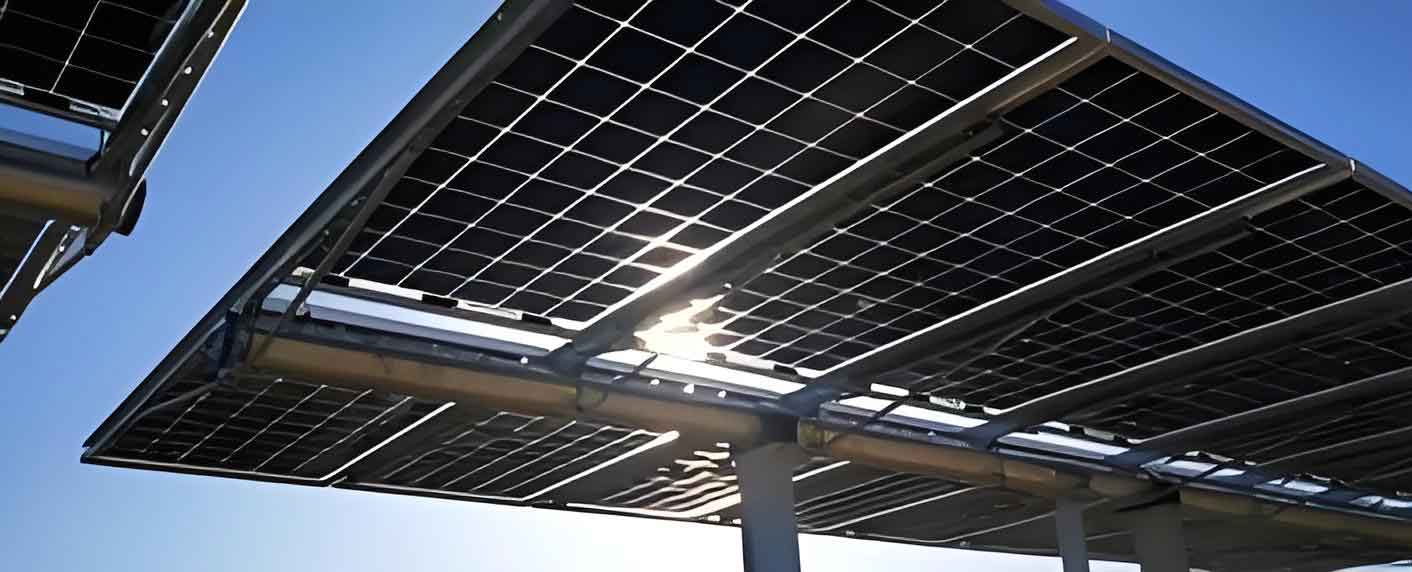Introduction
Installing solar panels on your home is a significant step towards energy independence and sustainability. Understanding the solar panel installation process can help homeowners make informed decisions, prepare adequately, and ensure a smooth and efficient installation. This article provides a comprehensive guide to the solar panel installation process, from initial planning to post-installation maintenance.

Benefits of Installing Solar Panels
Before diving into the installation process, it is essential to understand the benefits of installing solar panels on your home.
List: Key Benefits of Solar Panels
- Cost Savings: Reduce electricity bills by generating your own energy.
- Environmental Impact: Decrease your carbon footprint and reliance on fossil fuels.
- Energy Independence: Gain energy independence from the grid and protect against rising energy costs.
- Increase Home Value: Enhance the value of your property with a renewable energy system.
Step-by-Step Solar Panel Installation Process
Step 1: Initial Consultation and Site Assessment
The first step in the solar panel installation process involves an initial consultation with a solar energy provider. During this consultation, the provider will assess your energy needs, evaluate your property, and discuss potential solar panel systems.
Table: Initial Consultation Components
| Component | Description |
|---|---|
| Energy Needs Assessment | Evaluation of your household’s energy consumption patterns |
| Property Evaluation | Analysis of your roof’s suitability for solar panels |
| System Recommendation | Suggestion of an appropriate solar panel system |
| Financial Overview | Discussion of costs, savings, and financing options |
Step 2: System Design and Permitting
Once the initial consultation is complete, the solar energy provider will design a customized solar panel system for your home. This design will take into account your roof’s orientation, available space, and shading. The provider will also handle the necessary permits and approvals required for installation.
List: Considerations for System Design
- Roof orientation and tilt
- Available roof space
- Shading from trees or other structures
- Local building codes and regulations
Step 3: Equipment Procurement
After finalizing the system design, the next step is to procure the necessary equipment. This includes solar panels, inverters, mounting hardware, and other components. The provider will source high-quality materials to ensure the durability and efficiency of your solar panel system.
Table: Essential Solar Panel Equipment
| Equipment | Description |
|---|---|
| Solar Panels | Photovoltaic modules that convert sunlight into electricity |
| Inverters | Devices that convert direct current (DC) to alternating current (AC) |
| Mounting Hardware | Equipment used to secure solar panels to your roof |
| Monitoring System | Tools for tracking energy production and system performance |
Step 4: Installation
The actual installation of solar panels typically takes one to three days, depending on the system’s size and complexity. During this stage, the installation team will mount the solar panels on your roof, connect the inverters, and integrate the system with your home’s electrical system.
List: Steps in the Installation Process
- Mounting the solar panels on the roof
- Installing inverters and other electrical components
- Wiring the system to your home’s electrical panel
- Connecting the system to the monitoring system
Step 5: Inspection and Activation
Once the installation is complete, a thorough inspection is conducted to ensure that the system complies with local regulations and safety standards. After passing the inspection, your solar panel system will be activated, and you can start generating your own electricity.
Table: Inspection and Activation Checklist
| Task | Description |
|---|---|
| System Inspection | Ensuring compliance with local codes and regulations |
| Safety Checks | Verifying the safety of electrical connections |
| Utility Connection | Coordinating with the utility company for grid connection |
| System Activation | Turning on the solar panel system |
Post-Installation Considerations

Monitoring and Maintenance
Monitoring and maintaining your solar panel system is crucial for long-term performance and efficiency. Most solar panel systems come with monitoring tools that allow you to track energy production and detect any issues early.
List: Maintenance Tips for Solar Panels
- Regularly check the monitoring system for performance data
- Keep the panels clean and free from debris
- Inspect the system for any signs of wear or damage
- Schedule professional maintenance as needed
Financial Benefits
After installing solar panels, homeowners can benefit from various financial incentives, including tax credits, rebates, and net metering. Understanding these benefits can help you maximize your return on investment.
Table: Financial Incentives for Solar Panel Installation
| Incentive | Description |
|---|---|
| Federal Tax Credit | A percentage of the installation cost that can be deducted from federal taxes |
| State Rebates | Financial incentives provided by state governments |
| Net Metering | A billing mechanism that credits solar energy system owners for the electricity they add to the grid |
System Performance
To ensure your solar panel system operates at its peak performance, it is essential to monitor and maintain it regularly. This includes checking the performance metrics provided by the monitoring system and addressing any issues promptly.
List: Key Performance Metrics
- Energy production (kWh)
- System efficiency (%)
- Performance ratio (PR)
- Inverter performance
Conclusion
Understanding the solar panel installation process is vital for homeowners looking to invest in renewable energy. By following this comprehensive guide, you can ensure a smooth and efficient installation, maximize the benefits of your solar panel system, and contribute to a sustainable future. Whether you are motivated by cost savings, environmental impact, or energy independence, installing solar panels is a significant step towards achieving your goals.
